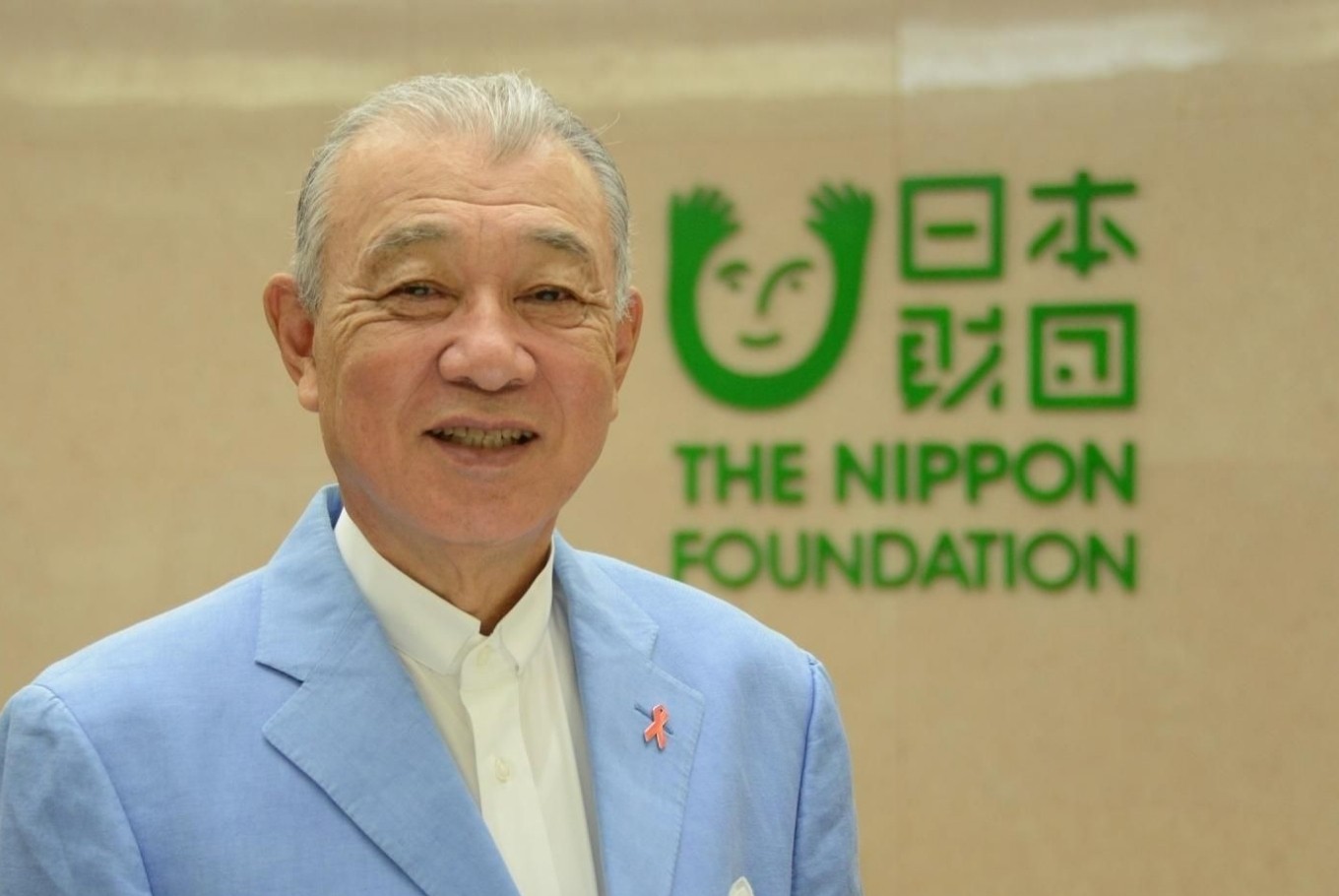Popular Reads
Top Results
Can't find what you're looking for?
View all search resultsPopular Reads
Top Results
Can't find what you're looking for?
View all search resultsDiscourse: Stigma stumbling block in eradicating leprosy
"Medicine for leprosy has been provided for free, but it is more difficult to address the stigma and discrimination than to decrease the number of cases."
Change text size
Gift Premium Articles
to Anyone
I
ndonesia achieved the global target of eliminating leprosy as a public health problem in 2000, decreasing the prevalence rate to less than 1:10,000. However, the nation still struggles to eliminate the stigma and discrimination against people with leprosy or those who have been cured from it. Recently, the Goodwill Ambassador of the World Health Organization for Leprosy Elimination, Yohei Sasakawa, shared his insights on the situation in Indonesia with The Jakarta Post’s Gemma Holliani Cahya.
Question: What is your target and what is the situation of leprosy in Indonesia?
Answer: These days I focus in the elimination of leprosy in India and Indonesia. My goal is to reduce [the number of] leprosy cases in these two countries to zero.
Indonesia has already achieved the global target. However, as the leprosy elimination campaign, including early detection activities, become more proactive, the number of new patients is increasing, because they finally found out about their leprosy condition.
But this is not an embarrassing situation, this is an achievement, because we can help the patients have a better life. The numbers will rise for a moment but will decrease again, because we already have the free medicine for them to cure the disease. So, do not worry about the increasing number.
I hope Indonesia keeps looking for new patients, to also stop the spreading of the disease.
In Indonesia, compared to Malaria, Tuberculosis and HIV, the number of leprosy patients is very little, so I understand if the government gives leprosy lower priority than those other diseases. However, I want to increase the priority.
What do you think about stigmatization and discrimination of people with leprosy?
The stigma toward people with leprosy has been there for ages, since the biblical period, so I don’t think I can solve this issue in my lifetime, but we have to work as hard as we can on this.
Medicine for leprosy has been provided for free, but it is more difficult to address the stigma and discrimination than to decrease the number of cases.
There are thousands of diseases in this world, but do we call people who once suffered from Malaria former Malaria patients? No. But we always call those who have been cured from Leprosy former leprosy patients or ex-leprosy patients. Even though they are cured, society still looks out former leprosy patients. So, even though the disease is cured, the discrimination is not.
I always give the example of leprosy as a motorbike. A motorbike has two wheels. The front wheel is to eliminate leprosy, the back wheel is to eliminate the discrimination or stigma, if both wheels do not operate at the same time, the motorbike cannot move.
What can the government do to eliminate the discrimination and stigma?
Many people, even the educated ones, still do not understand leprosy. Many still believe it is a curse from God and easily transmitted. That is false information that can cause discrimination.
Therefore, we must do more campaigns and counseling on leprosy. If we could create a friendly environment where everyone could discuss leprosy freely, then patients would be motivated to visit the health facilities for check-ups.
One thing that you can do is ask public figures, such as the President or celebrities, to approach people who have been cured from leprosy and hug them. The pictures of this physical interaction could be spread on social media so more people see them. This could be a campaign tool to decrease the discrimination of people with leprosy.
On your trip to Indonesia, you plan to visit Ambon, one of the areas in Indonesia with the highest number of leprosy cases, what do you want to do there?
Most of the local administrations [in Indonesia] still put a low priority on eliminating leprosy. They know it is a disease, but they do not know what it is.
To give the [elimination of leprosy] higher priority, I must go to the places where there are still many patients. I want to talk to the regional leaders and discuss this issue with them, including persuading them to keep looking for the new cases.
Every time I visit some places, I will have an interactive program on local TV and radio. In those programs, people can ask me directly about leprosy, and many of them in that city will listen to me talking, including policymakers.
I also will ask some friends from the Leprosy Association (Permata) to share their experiences with people and open a new branch there.











